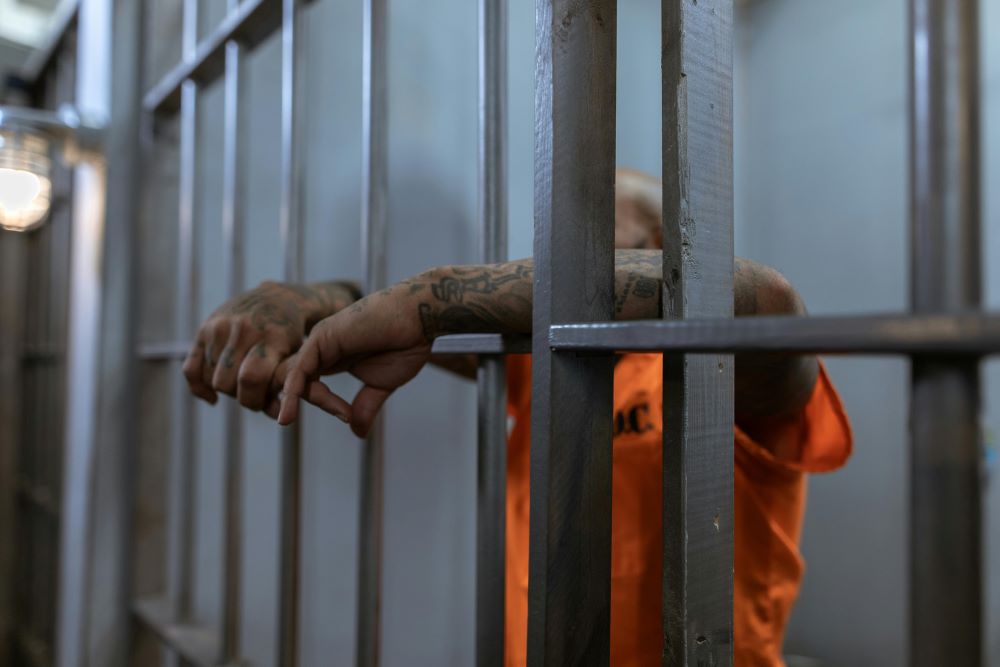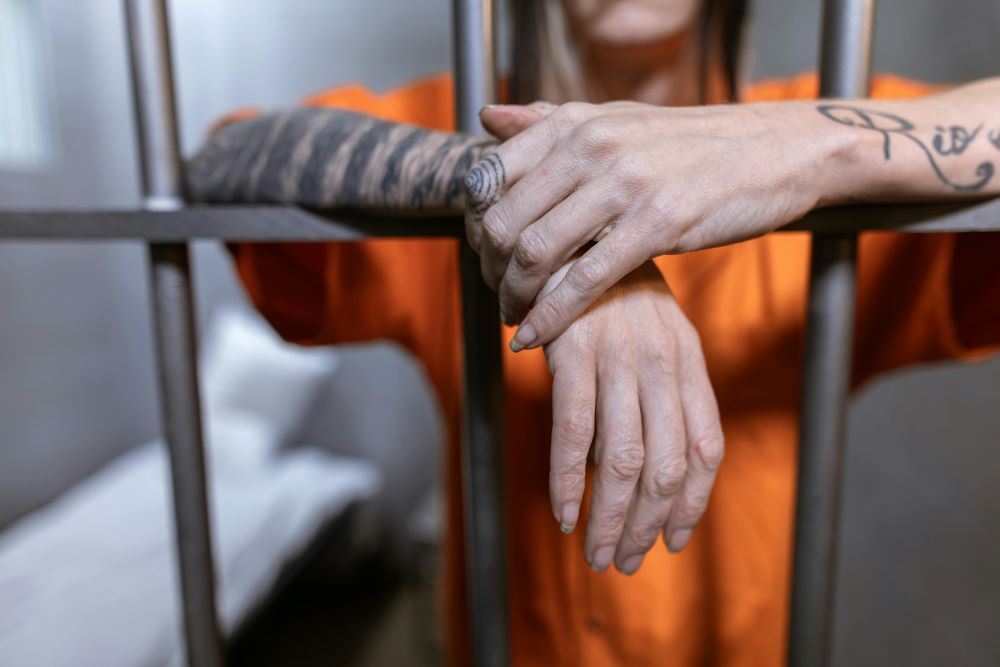Introducing an extended-release buprenorphine shot keeps inmates from overdosing immediately after release.
Sheriff Dale P. Lancaster of Somerset County, Maine, has seen first-hand the devastating impact of opioid addiction on the individuals cycling through his jail. Frustrated by the frequency of prisoners overdosing soon after their release, Lancaster decided to take an innovative approach to help combat this issue.
For years, opioid-addicted inmates received daily doses of buprenorphine in pill form to manage their cravings. But the moment they were released from jail, their access to this medication was cut off, leading to withdrawal, relapse, and in some cases, fatal overdoses. According to Sheriff Lancaster, many of these inmates are neighbors, part of the local community, and deserve the chance to reintegrate without the looming threat of death due to opioid overdose. His goal was to create an opportunity for them to overcome their addiction, giving them a fighting chance to avoid the traps of relapse and overdose.
Determined to make a difference, Lancaster initiated a pilot program offering an extended-release buprenorphine shot to help recently released prisoners manage their cravings for up to 28 days. And the results have been nothing short of transformative. A study published in Health and Justice highlighted the success of the Somerset County jail’s program, showing that this long-acting injection provided a critical buffer period, allowing former inmates more time to establish ongoing addiction treatment and stabilize their lives upon release.

Before the introduction of the extended-release shot, inmates were at heightened risk of passing from their cravings shortly after leaving jail. Studies show that up to 65% of prisoners in the U.S. suffer from substance use disorders, and in Lancaster’s jail, that number climbs closer to 75%. For years, addiction treatment in jails has been relatively scarce, with the more expensive extended-release buprenorphine shot (also known as Sublocade) rarely available. Despite its demonstrated effectiveness, the high cost of the monthly injection, which runs around $2,000, compared to the $90-$360 monthly cost for pills, presents a significant barrier. Insurance often covers both forms of treatment, but for uninsured individuals, community clinics must decide between treating a few people with the shot or many more with the cheaper pills.
Buprenorphine, an opioid itself, is powerful enough to manage cravings and prevent withdrawal without causing the high associated with stronger opioids. The extended-release injection pools into a marble-sized lump under the skin and steadily releases the drug over four weeks, offering a simpler, more reliable option for those struggling with addiction. This method eliminates the need for strict daily pill regimens, a challenge in an overburdened jail environment where prisoners are shuffled in and out of the medical room.
The program’s success extends beyond the jail walls. Somerset has since worked to connect released prisoners with medical and social services, helping them continue their recovery journey after release.
Despite the program’s promise, however, the challenges remain significant. With grant funding from the state and settlement funds from national opioid litigation covering the cost of the shots, the long-term sustainability of the program is uncertain. Grants eventually expire, and the cost of providing the treatment without external funding may be prohibitive for many facilities. Beyond the financial concerns, the logistics of administering the shot (i.e., the need for refrigeration and special provider certifications) add another layer of complexity.
Nevertheless, the extended-release shot the sheriff advocated for offers not just relief from cravings but also hope for a future beyond addiction and incarceration. Sheriff Lancaster’s determination to reduce overdose deaths has put Somerset County on the map as a model for other jails and prisons to follow suit.
Sources:
How a Rural Maine County Jail Helped Prisoners Blunt Opioid Cravings
Release from Prison — A High Risk of Death for Former Inmates


Join the conversation!